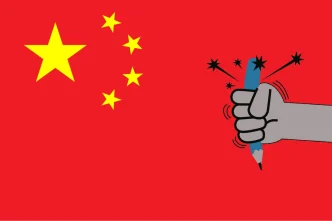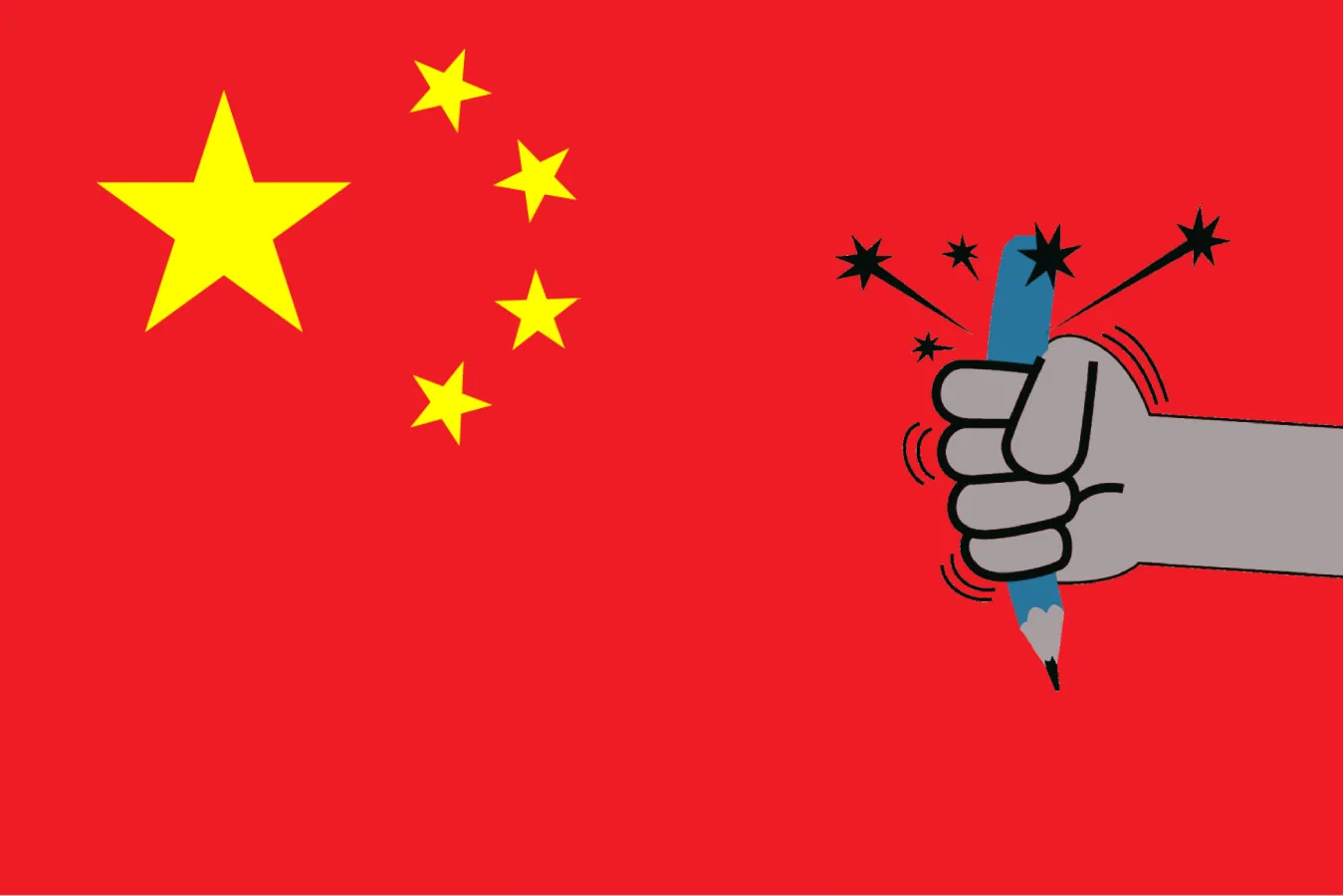In the vibrant streets of George Town, Penang, a growing number of Chinese scholars are carving out a space for academic exploration at Universiti Sains Malaysia (USM). Drawn by affordability, cultural familiarity, and a level of academic freedom often unattainable in their homeland, over 2,300 PhD candidates from China now form a significant part of the university’s foreign student population. Their presence signals a broader trend of Malaysia emerging as a hub for tertiary education in Southeast Asia, even as they grapple with perceptions back home about the prestige of their qualifications.
A New Academic Haven
USM, located in the heart of Penang, has become a magnet for Chinese students pursuing advanced degrees. Alongside the PhD candidates, over 3,700 others from China are enrolled in master’s and bachelor’s programs, making them the largest group of foreign nationals on campus. Their fields of study span management, education, architecture, tourism, arts, design, and language translation, reflecting the diverse academic offerings at USM.
The appeal of Malaysia as a destination for higher education is multifaceted. Tuition fees and living costs are notably lower than in Western countries like the United States, United Kingdom, or Australia. For instance, Xing Zhang, a 33-year-old art expert from Shanxi province researching Pingyao lacquerware applications for tourist souvenirs, highlighted affordability as a decisive factor. “The cost of studying is comparable to that in China; however, the living expenses in Malaysia are more financially manageable” she said. This economic advantage, paired with Malaysia’s multicultural environment, creates a welcoming space for students accustomed to navigating cultural diversity.
Academic Freedom: A Breath of Fresh Air
Beyond affordability, many Chinese scholars at USM cite academic freedom as a key reason for choosing Malaysia. In China, particularly in sensitive disciplines like journalism, research often faces strict ideological constraints. Lola He Ying Lei, a 40-year-old PhD candidate from Harbin studying constructive journalism comparisons between China and Malaysia, explained the contrast. “In sensitive disciplines like journalism, PhD candidates in China face strict ideological constraints and we must align our research with the supervisor’s direction” she said. “But at USM, our supervisors encourage us to explore and let our scholarly research evolve.”
Sharon Zhang Jing Lun, a 32-year-old journalism lecturer from Shanxi, echoed this sentiment. After facing delays and rigid requirements for PhD candidacy in China, she found the process at USM straightforward and the academic environment supportive. “At USM, the lecturers lend supportive supervision and flexible research environments that contrast with the rigid system in our country” she said. Zhang is now conducting a comparative study on media efforts in controlling the Covid-19 pandemic in China and Malaysia, a topic she believes benefits from the open academic atmosphere at USM.
This freedom to explore diverse perspectives without stringent oversight is a significant draw, especially for those in fields requiring critical analysis of social or political issues. It stands in stark contrast to the competitive and often restrictive academic landscape in China, where, as Xing noted, professors may accept only one or two PhD students per year.
Challenges of Perception
Despite their positive experiences, many Chinese scholars at USM face a lingering challenge: the perception of Malaysian qualifications in their home country. Lola He noted that in some parts of China, a PhD from Malaysia is viewed as less prestigious than degrees from mid-tier Chinese universities or institutions in Singapore and Hong Kong. “Some in China view Singapore’s qualification as higher than other countries in the region. They think Malaysia is an underdeveloped country” she said. This misconception, she added, often fades when people visit Malaysia and witness its modern infrastructure and vibrant academic community firsthand.
Nevertheless, the stigma can have tangible impacts. Some Chinese universities reject PhDs from Southeast Asian institutions for teaching positions, limiting career prospects for returning scholars. He expressed hope that strengthening Malaysia-China relations, bolstered by increasing numbers of Chinese tourists and students, might gradually shift these perceptions. The personal experiences of students who feel at home in Malaysia’s multicultural society could also play a role in reshaping outdated views.
Cultural Connections and Differences
Socially, the Chinese scholars at USM find both familiarity and subtle differences when interacting with Malaysia’s ethnic Chinese community. While cultural similarities—rooted in shared heritage—ease their transition, nuances in language create occasional barriers. Xing Zhang observed, “I can understand their Mandarin, but if I talk too fast, the Malaysian Chinese will not understand me.” These differences in accent and intonation highlight the unique evolution of Chinese culture in Malaysia, shaped by generations of integration into a multi-ethnic society.
Malaysia’s cultural mosaic, blending Malay, Chinese, Indian, and indigenous influences, offers a comforting backdrop for students far from home. USM vice-chancellor Prof Datuk Seri Dr Abdul Rahman Mohamed emphasized this point, noting that the nation’s multiculturalism helps Chinese students feel at ease. “Our multicultural nation makes it easy for China’s students to feel at home” he said. Additionally, nearly all courses at USM are taught in English, reducing language barriers and enhancing accessibility for international students.
A Growing Trend Post-2020
The influx of Chinese students to USM is a relatively recent phenomenon. According to Assoc Prof Dr Nik Norma Nik Hasan from the School of Communication at USM, the numbers were negligible between 2016 and 2019, with only two or three Chinese students pursuing advanced degrees annually. However, since 2020, their presence has surged, surpassing all other foreign nationalities on campus. Assoc Prof Norma attributes part of this trend to the influence of educational agents in China, who play a pivotal role in guiding students toward specific countries and programs. “Their agents are very influential” she said.
USM’s global standing further fuels its appeal. Ranked 18th in the Times Higher Education University Impact Rankings—first in Malaysia and Southeast Asia—and 146th in the QS World University Rankings, USM holds a prestigious position as one of Malaysia’s five research-intensive universities and the only one with the Accelerated Programme for Excellence title. “USM’s global recognition and rankings were a major appeal” Prof Abdul Rahman said, underscoring the institution’s commitment to maintaining high academic standards.
Broader Implications for Malaysia-China Ties
The growing number of Chinese scholars at USM reflects deeper ties between Malaysia and China, spanning education, tourism, and diplomacy. As bilateral relations strengthen—evidenced by initiatives like the Belt and Road Initiative and increasing cultural exchanges—Malaysia’s role as an educational hub could further solidify. The presence of over 6,000 Chinese students at USM alone suggests a potential pipeline of professionals who, upon returning to China, may advocate for closer collaboration based on their positive experiences.
Yet, the challenge of perception remains a hurdle. If unaddressed, it could limit the long-term impact of Malaysia’s educational outreach. Efforts to elevate the global recognition of Malaysian degrees, perhaps through joint programs with internationally renowned institutions or targeted campaigns in China, might help bridge this gap. For now, the personal stories of scholars like He, Zhang, and Xing serve as organic ambassadors for Malaysia’s academic offerings.
Looking Ahead
As Malaysia continues to attract students from China and beyond, questions linger about how this trend will shape the country’s higher education landscape. Will USM and other Malaysian universities maintain their appeal amidst global competition? And can perceptions in China evolve to match the reality of Malaysia’s academic strengths? For the scholars walking the streets of George Town, these uncertainties are secondary to the immediate benefits of affordability, freedom, and a sense of belonging they’ve found at USM. Their journey, blending rigorous research with cultural discovery, underscores Malaysia’s quiet rise as a destination for intellectual growth.















